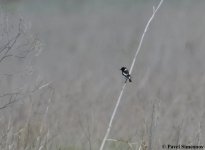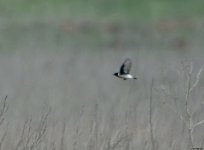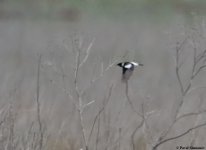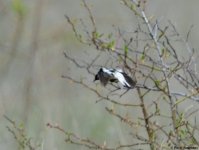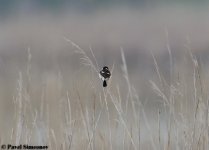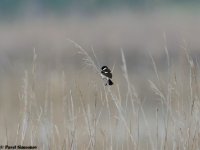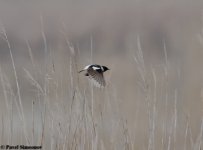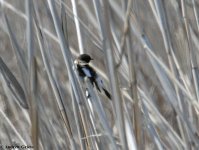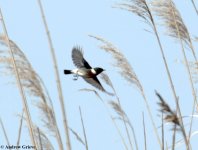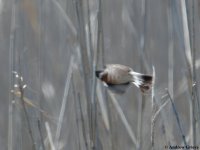Pavel
Well-known member
Today, 12 April, 2018, observation of a male Eastern Stonechat (maurus/variegatus) in full breeding plumage, found in the steppes North of Tyulenovo (North Bulgarian Black Sea coast). According to pictures 1, 2 and 3 it is most likely maurus but the photo number 4 shows distinctive tail pattern with the white sides like Wheatear. So, variegatus or maurus, please ID? In another discussion we got the following comment: "Looks like S.m. hemprichii, which is the new name for variegatus."




